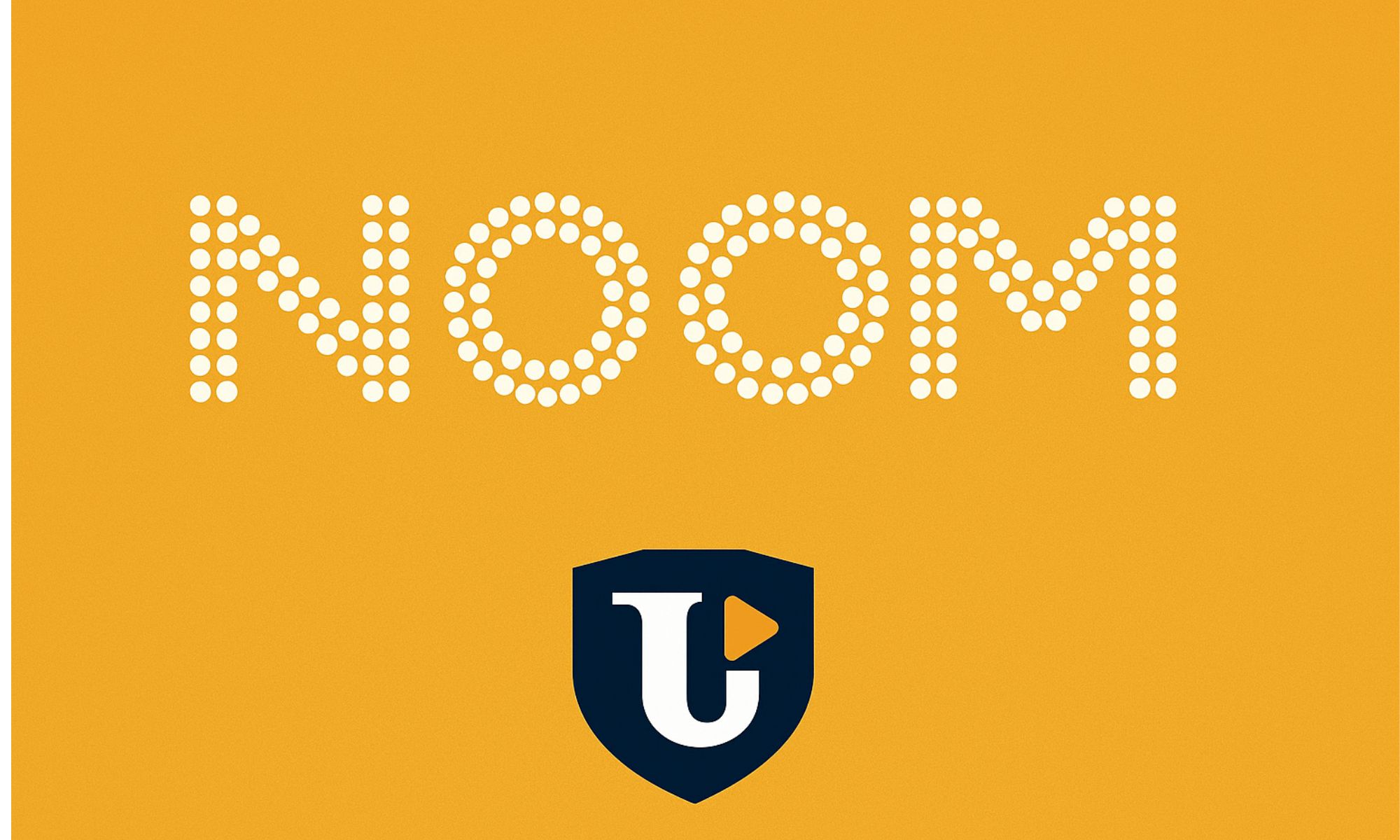The Importance and Impact of ConvertKit in the Creator Economy
In the age of digital entrepreneurship, the tools we use can make or break our creative business. Email marketing, once a straightforward method of mass communication, has evolved into a sophisticated engine for audience growth, customer engagement, and direct monetization. For creators, educators, and online business owners, few tools embody this evolution better than ConvertKit.
More than just an email platform, ConvertKit has become a cornerstone in how creators build and sustain relationships, launch products, and earn a living online. Its intuitive features and creator-first mindset have had a profound impact on the creator economy—an industry now worth over $100 billion and growing rapidly.
This article explores why ConvertKit is important, and how it continues to reshape the way creators connect with audiences and turn passion into profit.
Why Email Still Matters in 2025
Despite the rise of social media, email remains the most reliable and personal channel for reaching an audience. Here’s why:
Ownership: You don’t “own” your Instagram followers or YouTube subscribers—algorithms and platforms can change. But your email list is yours.
Engagement: Email has a higher engagement and conversion rate than most social media platforms.
Direct Monetization: You can promote courses, services, and products directly—without platform fees or ad spend.
However, with rising competition and inbox fatigue, creators need a smart way to stand out, segment, and automate meaningful email interactions. That’s where ConvertKit steps in.
What Makes ConvertKit So Important?
- It’s Built for Creators—Not Corporations
Many email tools are built with large enterprises in mind. Their complex interfaces, CRM-focused features, and enterprise pricing don’t align with the needs of individual creators.
ConvertKit is different. It was built by a creator (Nathan Barry, an author and designer) who understood the unique challenges facing bloggers, YouTubers, podcasters, coaches, and course creators.
The result? A platform that:
Feels intuitive and clean
Prioritizes content delivery over flashy design
Supports creators in building, engaging, and monetizing their audience—all from one dashboard
This focus has made ConvertKit a trusted tool for tens of thousands of independent creators.
- It Simplifies Automation Without Sacrificing Power
Email automation can often feel like rocket science. ConvertKit simplifies it with a visual automation builder that lets users drag, drop, and connect actions:
When someone subscribes…
If they click a link…
If they make a purchase…
This logic-based system means creators can build automated funnels that nurture trust and lead to sales, without hiring a marketing expert.
At the same time, ConvertKit offers enough depth (tagging, conditional rules, sequences) to support even advanced workflows.
- It Puts Monetization Front and Center
For years, creators had to stitch together multiple tools to turn attention into income. They’d use one platform for email, another for checkout, another for content delivery, and so on.
ConvertKit changed that by introducing native monetization tools:
Digital product sales (ebooks, templates, guides)
Subscription models (memberships or paid newsletters)
Commerce integrations (Stripe, PayPal)
Creators can now sell directly from within their email campaigns, all tracked and managed from a single dashboard. This reduces friction and lowers the barrier to monetization.
- It Powers Community and Discovery
In recent updates, ConvertKit introduced two major features that reflect the growing importance of community in the creator economy:
Creator Profile: A customizable public page showcasing your newsletter, lead magnets, and digital products.
Creator Network: A built-in system for cross-promotion, letting creators recommend each other and grow through shared audiences.
These features help address a major problem for new and mid-sized creators: audience discovery.
Instead of relying solely on SEO or ads, creators can tap into a network effect, growing organically through mutual support.
ConvertKit’s Broader Impact on the Creator Economy
ConvertKit has done more than build a product—it has helped shape a movement. Let’s explore how:
- Democratizing Email Marketing
Before ConvertKit, platforms like Mailchimp and Infusionsoft dominated the space, but were either too clunky or too expensive for everyday creators.
ConvertKit made professional-grade email automation accessible. Its fair pricing model, free tier, and educational content allowed more people to launch newsletters and build their brand.
This democratization led to a surge in creator-led businesses, side hustles, and knowledge commerce.
- Empowering a Sustainable Creator Model
The platform emphasizes direct relationships with subscribers, which supports long-term sustainability. Unlike chasing viral content or influencer deals, email gives creators a reliable income stream through:
Courses and coaching
Product launches
Paid communities
Affiliate marketing
ConvertKit enables creators to build businesses on trust and consistency, rather than volatile platforms or trends.
- Supporting Value-Driven Content
ConvertKit’s focus on email as a storytelling tool has helped elevate the quality of content across newsletters, product launches, and educational funnels.
Instead of focusing on flashy design or gimmicky popups, the platform supports creators in delivering real value—in the form of thoughtful welcome sequences, well-timed pitches, and helpful content.
This reinforces trust and creates a healthier online content ecosystem.
Real-World Examples: How ConvertKit Helps Creators Win
✅ An Author Launching a Book
Builds a landing page for pre-orders
Runs a nurture sequence with sneak peeks
Sells an audiobook and digital workbook bundle
Uses Creator Network to grow the launch list
✅ A Fitness Coach Selling a Challenge
Offers a free 7-day challenge via opt-in form
Automates daily emails with tips and exercises
Sells a paid 30-day training plan via email funnel
Adds tags based on performance to upsell high-ticket coaching
✅ A YouTuber Starting a Paid Newsletter
Offers exclusive content for subscribers only
Monetizes via recurring payment plan inside ConvertKit
Uses ConvertKit’s built-in email composer to deliver posts
Adds a Creator Profile for discoverability
In each case, ConvertKit is the invisible backbone that turns traffic into trust—and trust into income.
The Intangible Impact: Creator Confidence
Perhaps the most underappreciated impact of ConvertKit is how it makes creators feel.
When you’re starting a business or putting your ideas into the world, confidence matters. Juggling tech stacks, dealing with poor deliverability, or losing emails can erode that confidence fast.
ConvertKit simplifies the complex and allows creators to focus on what they do best—creating. This emotional and mental clarity is a competitive advantage in a world full of distraction.
Final Thoughts: Why ConvertKit Matters Now More Than Ever
As the creator economy matures, the need for reliable, ethical, and creator-first platforms is only increasing. The social platforms we rely on are noisy, algorithm-driven, and owned by companies that don’t always put creators first.
ConvertKit stands apart by putting the power back into the creator’s hands:
Power to own your audience
Power to automate your growth
Power to monetize on your terms
Power to connect with a community
Power to build a business that lasts
Whether you’re just starting your first newsletter or scaling a six-figure digital product brand, ConvertKit isn’t just a tool—it’s part of the foundation.
Want to explore ConvertKit or take your email game to the next level? Visit https://convertkit.com
To learn more creator marketing strategies, visit https://jeuar.com


